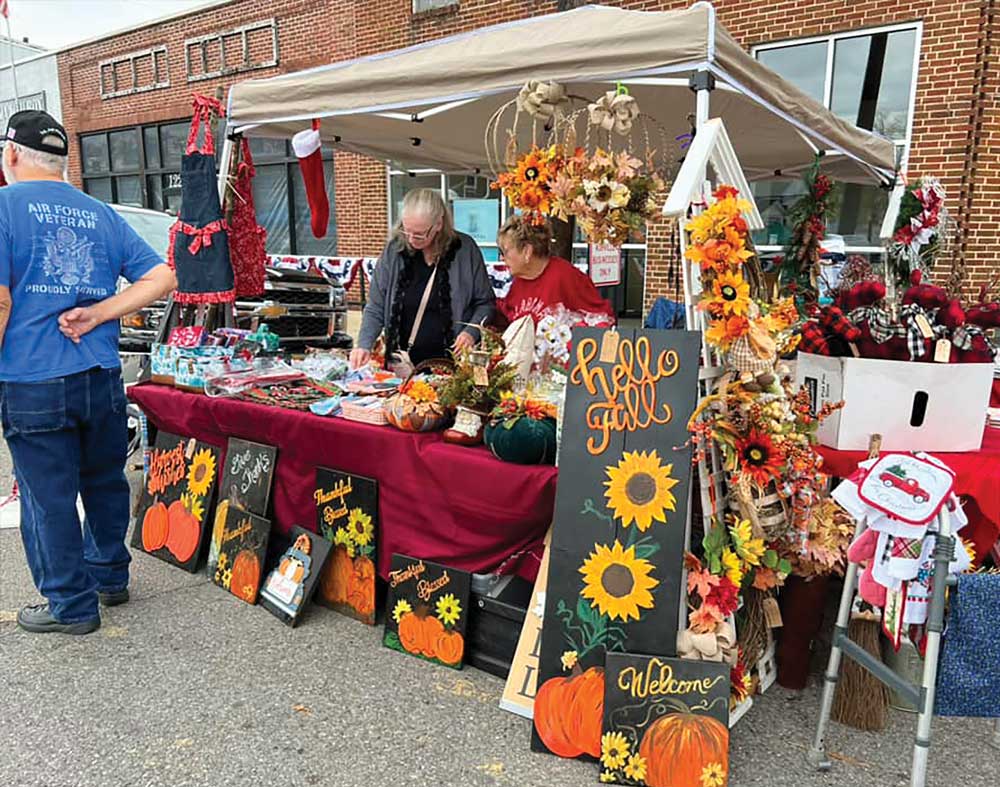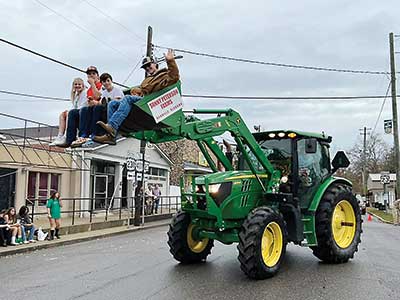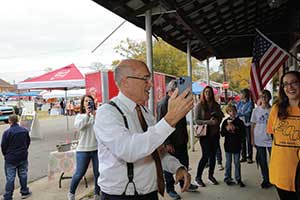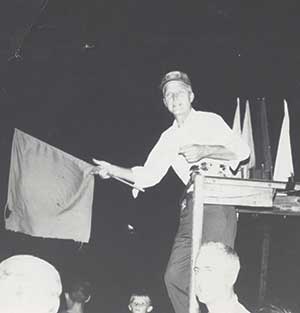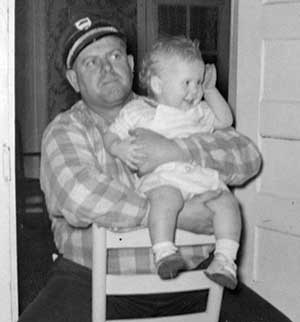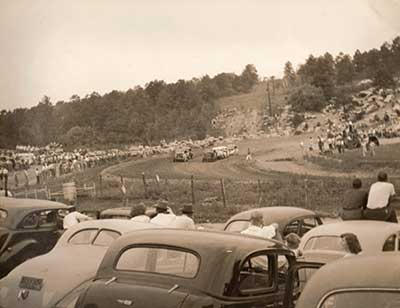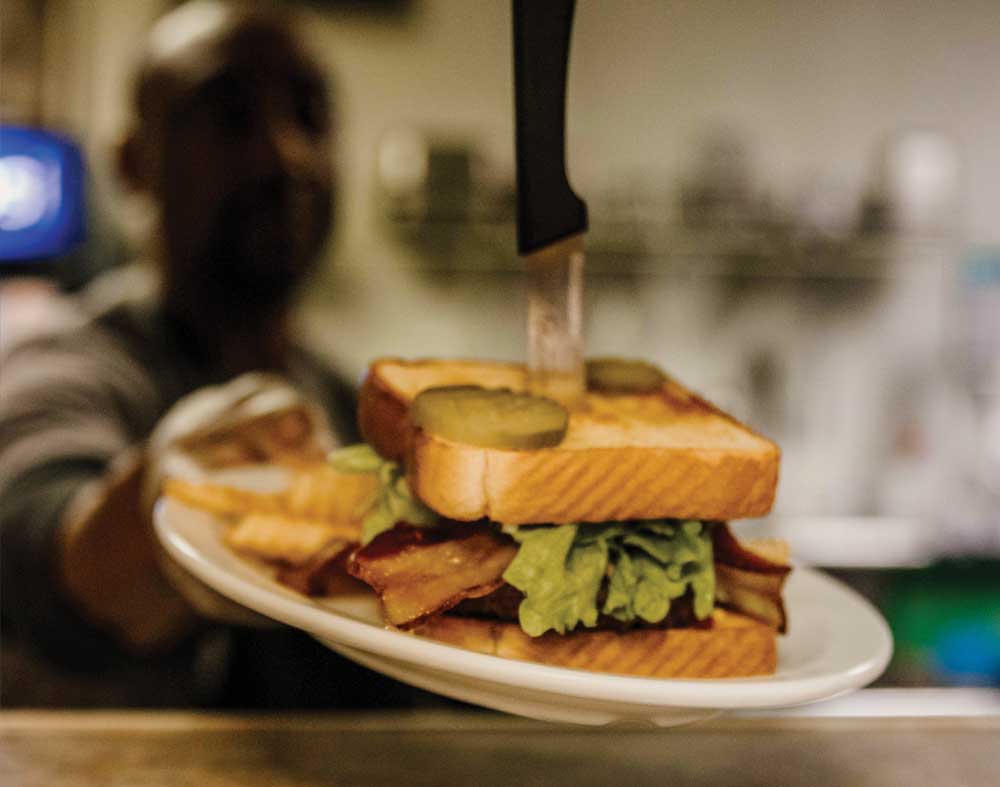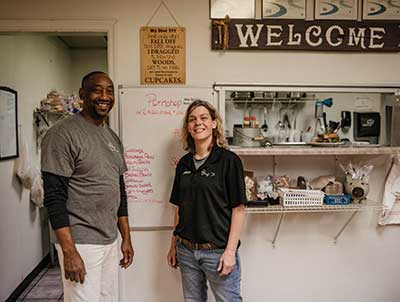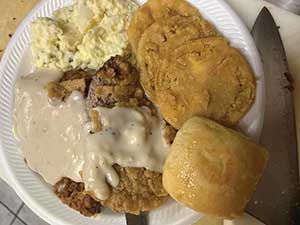A time to celebrate 200 years of history
Story by Robert Debter
Photos by Becky Staples
Submitted Photos
It is 1822 in Alabama: statehood is still a recent memory – achieved in 1819 following two years under a territorial government after separating from the State of Mississippi. There are 32 counties, the state capital is located in Cahaba, near Selma, Israel Pickens is the newly elected governor, and the population is over 125,000.
These were the days when great men and leaders, such as Thomas Jefferson, still walked and wrote, and those who would become great leaders and better men, like John C. Calhoun, learned from them.
In St. Clair County, established in 1818, many of the distinguished and proud names, their descendants still living here, have created new lives and started families in this virgin land, hewn from the wilderness by the hands of heroes.
The Alabama Fever Land Rush and the War of 1812 had brought them here. From Georgia, North Carolina, South Carolina, Tennessee and Virginia they came: Ash, Battles, Beason, Chandler, Cobb, Cox, Cunningham, Green, Hodges, Jones, Looney, Newton, Phillips, Thomason, Yarbrough and more.
These families and others settled in and around the center of the young county, which was known then as “St. Clairsville.”
On Nov. 28, 1822, this thriving town was incorporated, and on Dec. 12, it was made the county seat. Shortly after these events, the name was changed to “Ashville” in honor of John Ash, a pioneer, early settler, and leader who became St. Clair County’s first elected judge and would later serve in the state legislature.
Celebrating 200 years
These stories of struggle and sacrifice, journeys and new life, muskets and covered wagons, and the triumphs of resting one’s boots and putting down roots in a fresh, new God-given land, were celebrated by citizens of Ashville, descendants and friends from near and far on Saturday, Nov. 5, 2022, in an impressive bicentennial event.
Great care in preparation was evident. Ashville Mayor Derrick Mostella took charge and established a bicentennial committee, co-chaired by Ashville City Councilwoman and Mayor Pro Tempore Sue Price and Becky Staples.
Working with Ashville City Clerk Chrystal St. John, they made sure the day of celebration would be nothing short of the honor deserved by those who paved this path 200 years ago. Joining them were members of the Bicentennial Committee: Robin Bowlin, Rena Brown, Jeanna Gossett, Susan Kell, Billy Price, Janice Price, Nancy Sansing, Ricky Saruse, Chad and Esther Smith, Rick and Liz Sorrell, Dr. Jay Stewart, Renna Turner, Denise Williams and Nick Wilson.
Other events became part of the celebration. In the weeks leading up to the day, a 5-K run was held, and Ashville High School seniors Joe Stevens and Rachel St. John earned the titles of “Mr. and Miss Ashville Bicentennial,” awarded to them by the Bicentennial Committee for winning the high school essay contest.
The events of the city’s celebration began at ten o’clock on the steps of the oldest working courthouse in the state of Alabama. Mostella welcomed the crowd by thanking everyone for coming out to the “greatest city in the greatest county in the greatest state.” William “Bill” Watkins, a naval veteran who served during the Korean War and is commander of St. Clair SCV Camp 308, who led the Pledge of Allegiance.
Newly elected St. Clair County Commission Chairman Stan Batemon offered prayer, followed by commencement speech by director of the Ashville Museum & Archives, who began by asking all veterans from all branches of the U.S. Military to be recognized.
A concise history of the founding and naming of Ashville followed with a recognition of several other historic and noteworthy family names: Ashcraft, Bothwell, Box, Byers, Cason, Crow, Hood, Inzer, Montgomery, Nunnally, Partlow, Robinson, Sheffield, Teague and dozens more.
“Ashville is the type of town that Americans treasure,” he quoted from author, historian and leader Mattie Lou (Teague) Crow. “Our old homes are beautifully kept. The courthouse, built in 1844 to replace the original log building, serves well the people of St. Clair County. The natural beauty of the location of our churches and other old buildings that here for a century give the town the looks of a safe place to live, a place where people share in meaningful work and play.”
Others joined the celebration with performances by saxophonist Kevin Moore playing the Star Spangled Banner, and Chris Cash singing America the Beautiful.
Bunting adorned buildings and streets throughout the city. Patrons toured its three museums: the Ashville Museum & Archives, the John W. Inzer Museum and the Historic Ashville Masonic Lodge and Mattie Lou Teague (Crow) Museum. Reenactors gathered between the Inzer Museum and the Historic Masonic Lodge, joined by a historic fife and drum band from Rome, Georgia.
The county seat’s historic courthouse square was alive with activity, from hand forged knives display to face painting for the children to special offerings by the St. Clair Historical Society, Springville VFW Post 3229, Ashville Masonic Lodge 186, Ashville High School and Pine Forest Baptist Church.
Carriage rides and a petting zoo highlighted the day’s events as did live music performed by the Martini Shakers, and Berritt Hayne, a native of St. Clair County who contended as a finalist on The Voice.
Guest of honor and grand marshal for a grand parade had historic ties himself. James Spann, the noted broadcast meteorologist, is a grandson of former St. Clair County political leader and businessman, Judge Curtis Adkins. His uncle, Joe Adkins, followed his father into the banking world and also served as mayor of Ashville.











